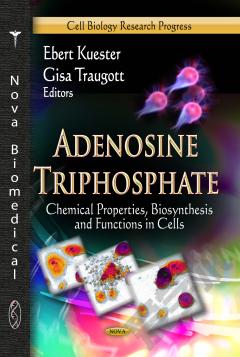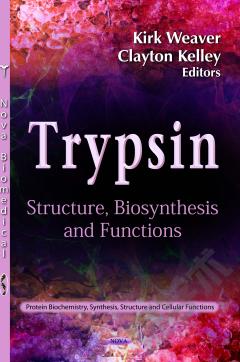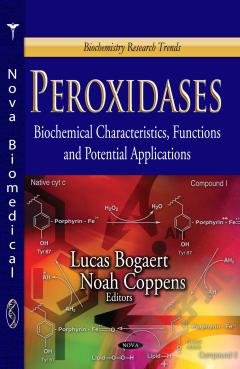Adenosine Triphosphate: Chemical Properties, Biosynthesis and Functions in Cells
Every organism needs energy for life. To satisfy this need, the so-called "molecular currency" adenosine triphosphate (ATP), is ubiquitously used for intracellular chemical energy transfer processes and therefore constitutes the universal form of directly available energy within cells. In this book, the authors discuss the chemical properties, biosynthesis and functions in cells of ATP. Topics include ATP as a sperm movement energizer; the hydrolysis reaction of adenosine triphosphate molecules and bio-energy transport in the cell; the use of exogenous ATP to stimulate the growth of human tissue engineered cartilage; ATP in experimental liver surgery; the functional role of cerebral ATP levels in body weight regulation; ATP as a potential mediator of the aging process; and involvement of extracellular ATP and derivates in trichomonas vaginalis infection.
{{comment.content}}








 京公网安备 11010802027623号
京公网安备 11010802027623号